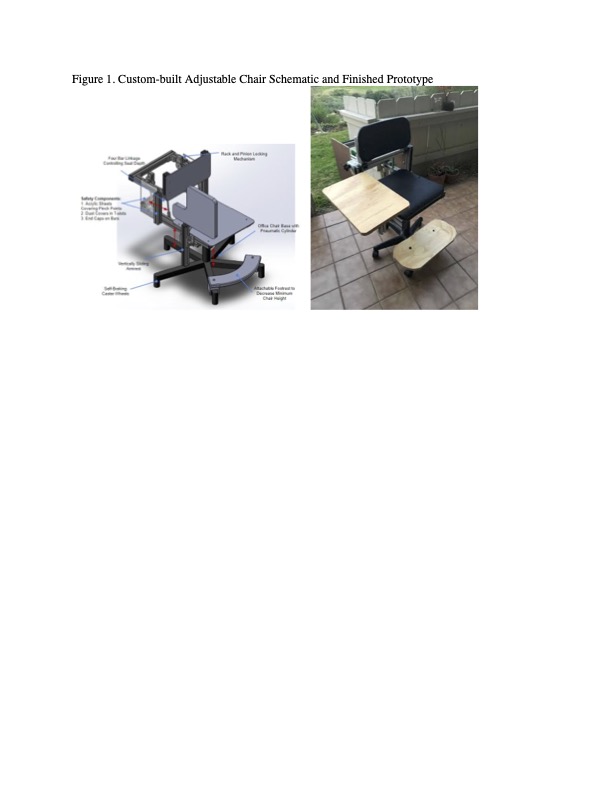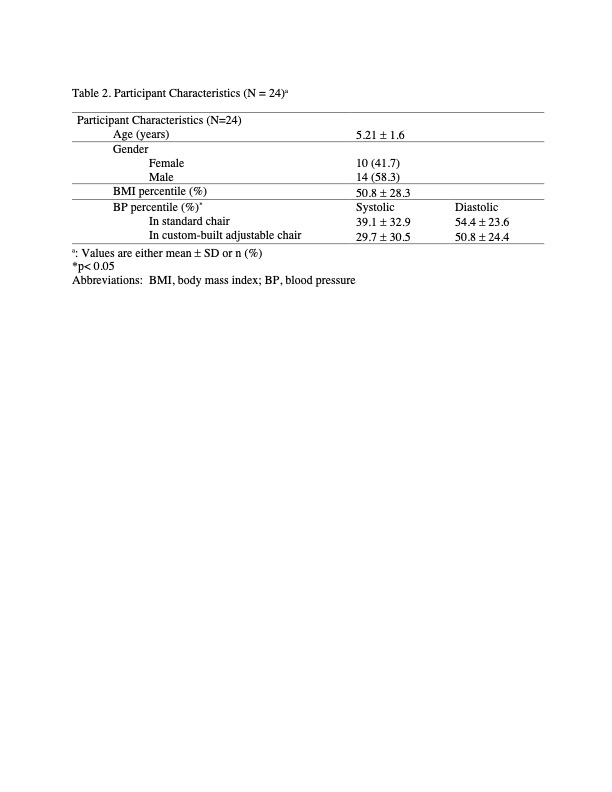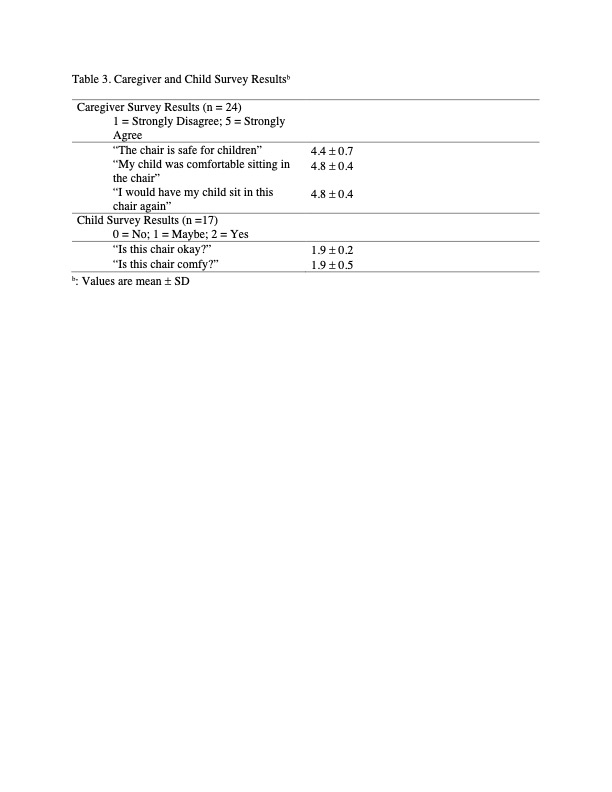General Pediatrics: Primary Care/Prevention
General Pediatrics 5
392 - Pilot to Assess Feasibility of a Customizable Blood Pressure Chair for Optimal Blood Pressure Measurements in Children Ages 3 - 10 Years
Publication Number: 392.314
- LM
Lawrence Ma, MD (he/him/his)
Associate Clinical Professor
UCSD
San Diego, California, United States
Presenting Author(s)
Background: Earlier detection and treatment of childhood hypertension is expected to have long-term benefits on future cardiovascular health. The American Academy of Pediatrics (AAP) recommends routine blood pressure (BP) screening at annual well visits starting at age three years. Current optimal BP measurement positioning recommendations, extrapolated from adult data, require children to be seated with their right arm at heart level and with their feet and back supported. In actual clinical practice, this is difficult due to children’s varying developmental stages and wide variations in heights compounded by often poorly fitted office furniture. It is unknown if, and by how much, positioning affects children’s BP measurement. If it does, there may be under or over diagnosis of hypertension (HTN).
Objective:
Demonstrate safety, feasibility, and comfort of a custom-built adjustable (CBA) chair to measure pediatric BP per AAP recommendations
Compare systolic BP (SBP) and diastolic BP (DBP) measurements using different positioning methods
Design/Methods:
We recruited children ages 3 through 10 years, who could comply with serial BP measurements, at their annual well visit. Caregiver consent and assent from children > age 7 years were obtained. Participants first underwent two BP measurements, two minutes apart, per standard practice (using any available sized chair in the office), then they were optimally positioned in the CBA chair (Figure 1). Two additional BP measurements were taken, two minutes apart. Afterwards, caregivers and any child ≥ 4 years were given anonymous surveys to assess perceptions of safety and tolerability of the CBA chair.
Results: We recruited twenty four children and obtained demographics, anthropometrics, BP measurements. Paired sample t-test demonstrated differences between the measured SBP and DBP using the standard vs. CBA chair (p < 0.05) (Table 2). Caregivers generally perceived the CBA chair as safe (83.3%), comfortable (100%), and were willing to have their child sit in it again (100%). Children mainly reported the CBA chair being okay (100%) and comfy (66.7%) (Table 3). All children tolerated serial BP measurements.
Conclusion(s): This pilot demonstrates the safety, feasibility, and comfort of a CBA chair for measuring BPs in a pediatric clinic. Preliminary data suggests optimal positioning may have an effect on measured BPs, but definitive conclusions are limited by the small sample size. Further studies with a larger sample size are needed to better determine whether the AAP recommended optimal positioning strategies affects BP measurement and detection of HTN in children.


